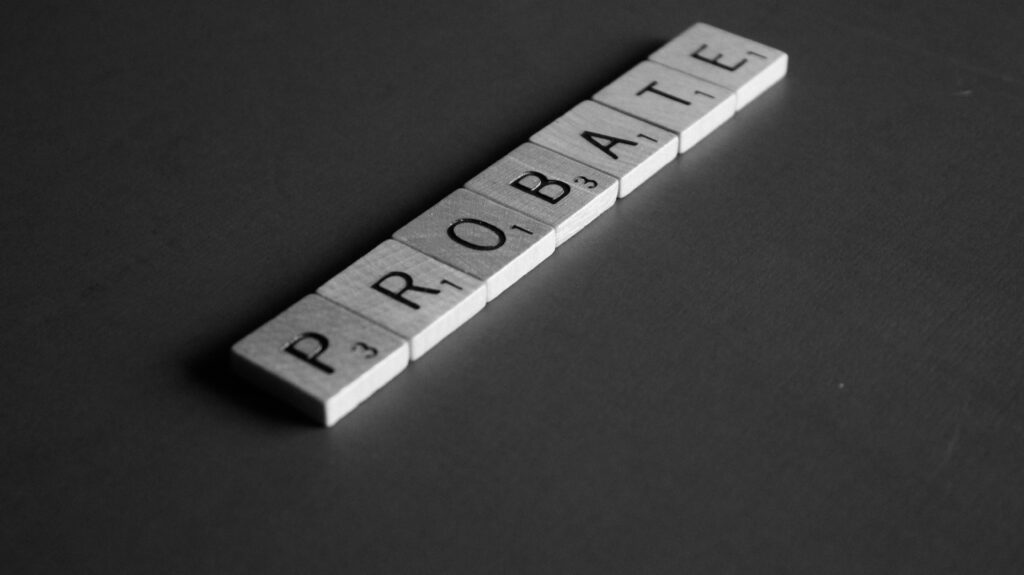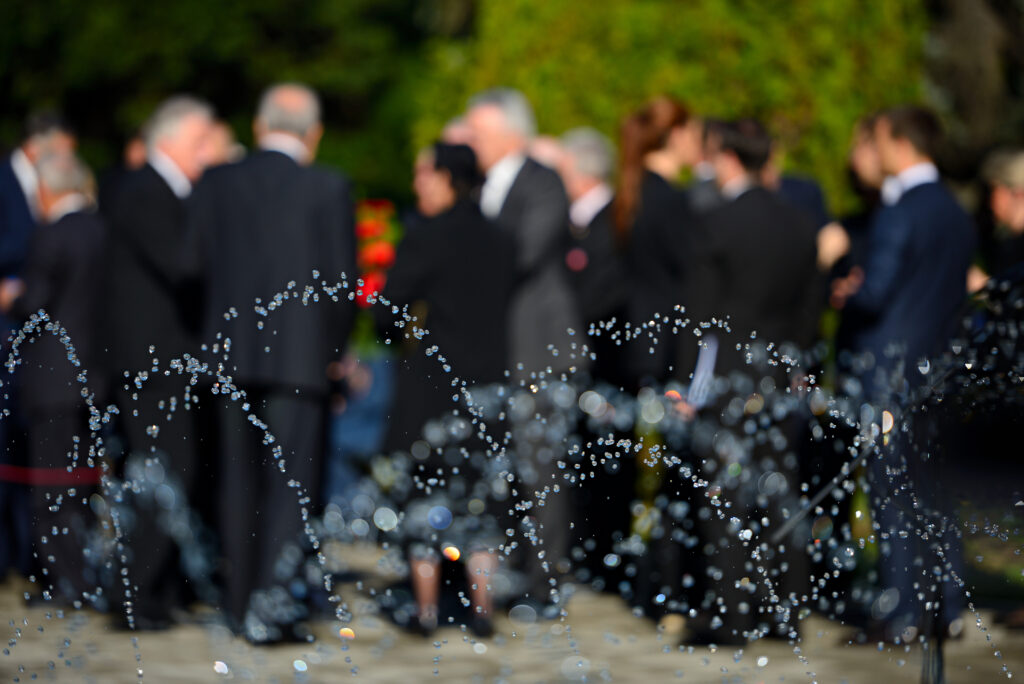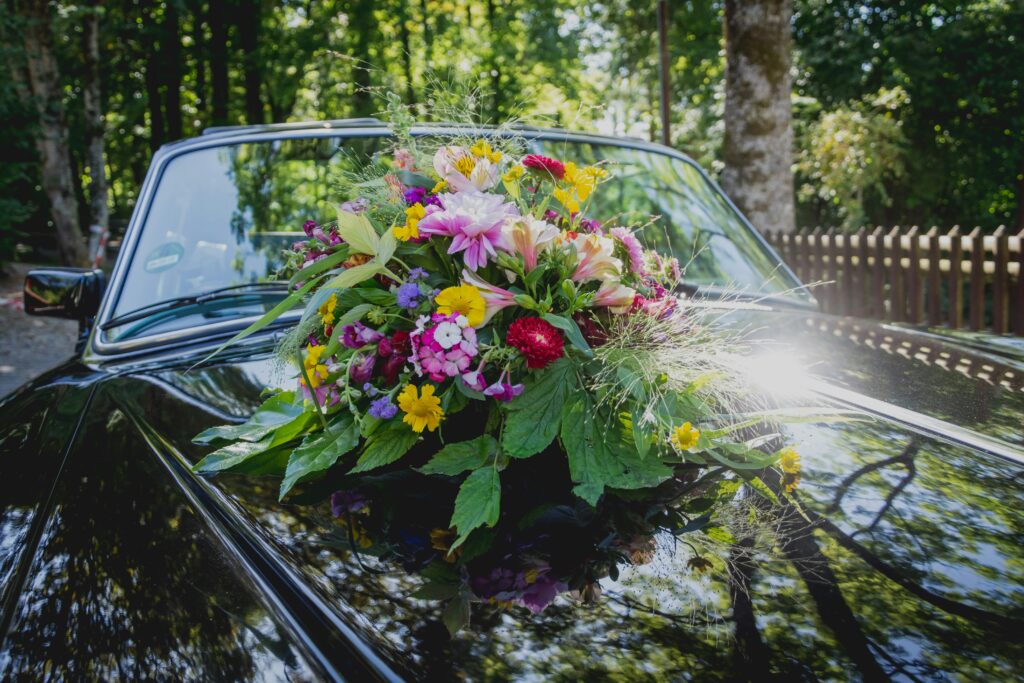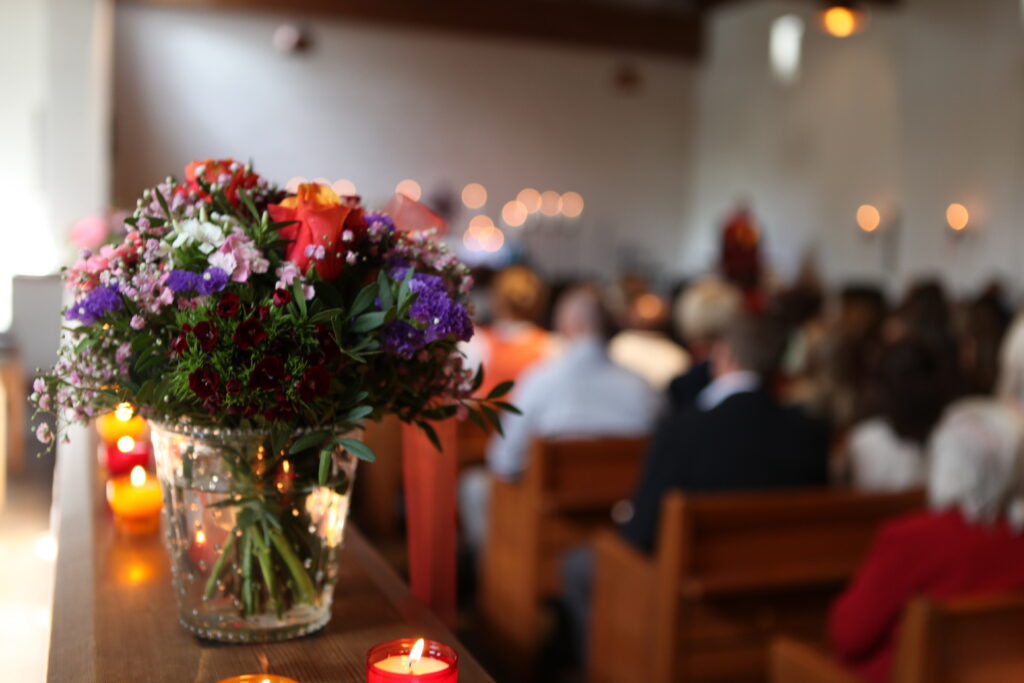Catholic funeral traditions
Catholic Theology describes someone going to Purgatory even if they have repented for any sins. Someone who has never sinned would ascend to Heaven immediately. Catholic funerals, tend to feature a lot of prayers and are a time to appeal to God to be merciful on the deceased person’s soul.
Traditionally funerals are held in a Catholic Church, led by a Catholic priest. However, sometimes the funeral can also take place at a funeral home.
There are three common elements of a Roman Catholic funeral:
- A vigil
- A funeral mass
- A committal service at the graveside
Since the 1960s, Cremation has been allowed by the Catholic Church. Rather than scattering ashes, it is preferred to place them in an urn kept at a columbarium, or interred in a cremation plot at the cemetery. In 2016, the Vatican banned the separation of ashes or keeping them at home.
Before the funeral
Funerals are typically held between two days and a week after death. They traditionally will not be held on a Sunday.
The night before the funeral, the vigil prayer service may be held by family and friends. It frequently takes place at a church, funeral home or family residence. Prayers are led by a Priest, paying respect to the person who has died.
The Catholic funeral service and etiquette
Catholic funeral services differ depending on whether the service includes The Eucharist and Holy Communion. With these elements, it is called the Funeral Mass (also commonly known as Requiem Mass) and is preferred by the Church. A slightly less formal service may also be held, with more personal reflections of the deceased person. If the funeral is Mass, it will take place in a Church. Otherwise, the service might happen at a crematorium or cemetery chapel.
The funeral will begin with a greeting and sprinkling of the coffin (if the body is present) with holy water.
The Priest will then lead an opening prayer before Liturgy of the Word commences; the first rite of Mass. Family, friends and the Priest read from the Bible before the Priest gives a Homily, which is a short sermon of moral nature.
After more prayer and hymns, the Holy Communion will be taken if the service includes funeral mass. Mourners form a line and proceed to the altar, where the Priest will either give Holy Communion or bless those who are not Catholic. If you are not Catholic, you do not have to take part, but are welcome to do so.
A Eulogy will then often be given by a family member or friend, before prayers known as the Final Commendation and the coffin is again sprinkled with holy water.
After the service has finished, the coffin is usually transported to the cemetery or crematorium for burial or interment. This is known as the rite of committal. The Priest will typically bless the site and then lead family and friends in prayer, giving them a chance to say final goodbyes.
During prayers, it is acceptable to bow your head and remain seated, while some people will kneel. During hymns, those who can stand, should.
What to wear to a Catholic funeral
The atmosphere at a Catholic funeral usually is sombre and mourners are expected to dress appropriately and smartly in dark colours, typically black.
What happens after a Catholic funeral
There are no set traditions after a Catholic funeral. Many families will organise a reception or a wake at a place of their choosing.





